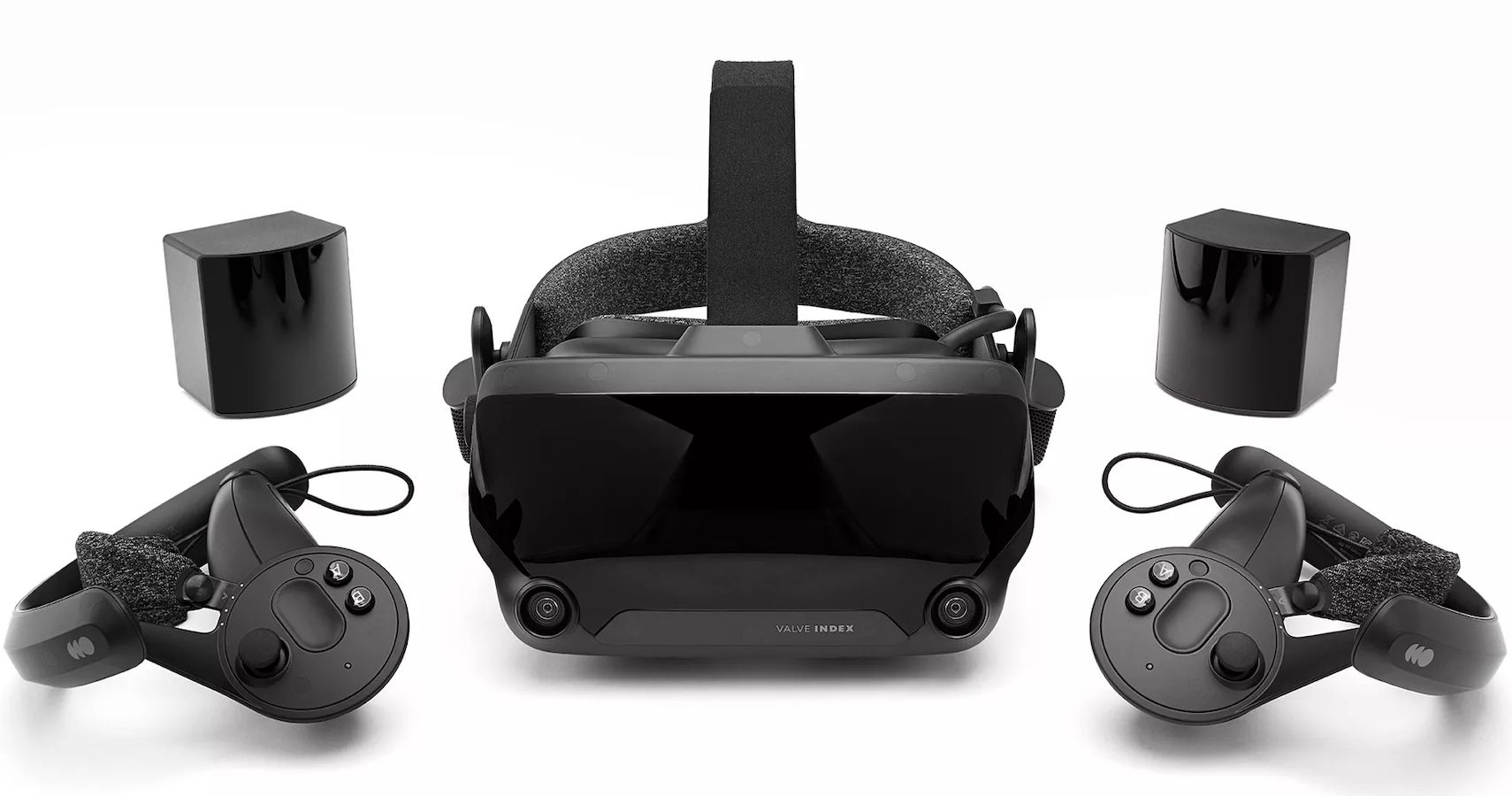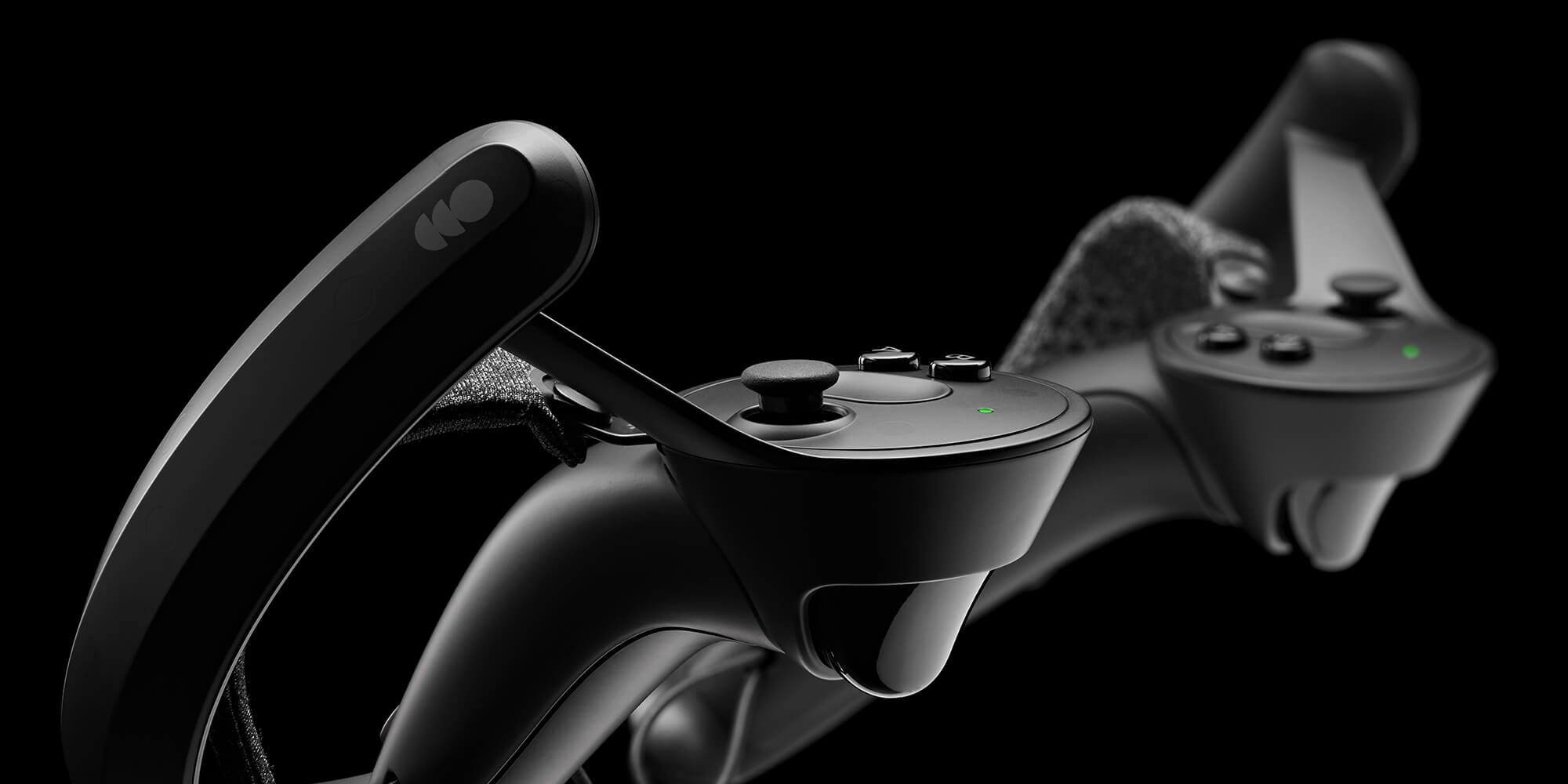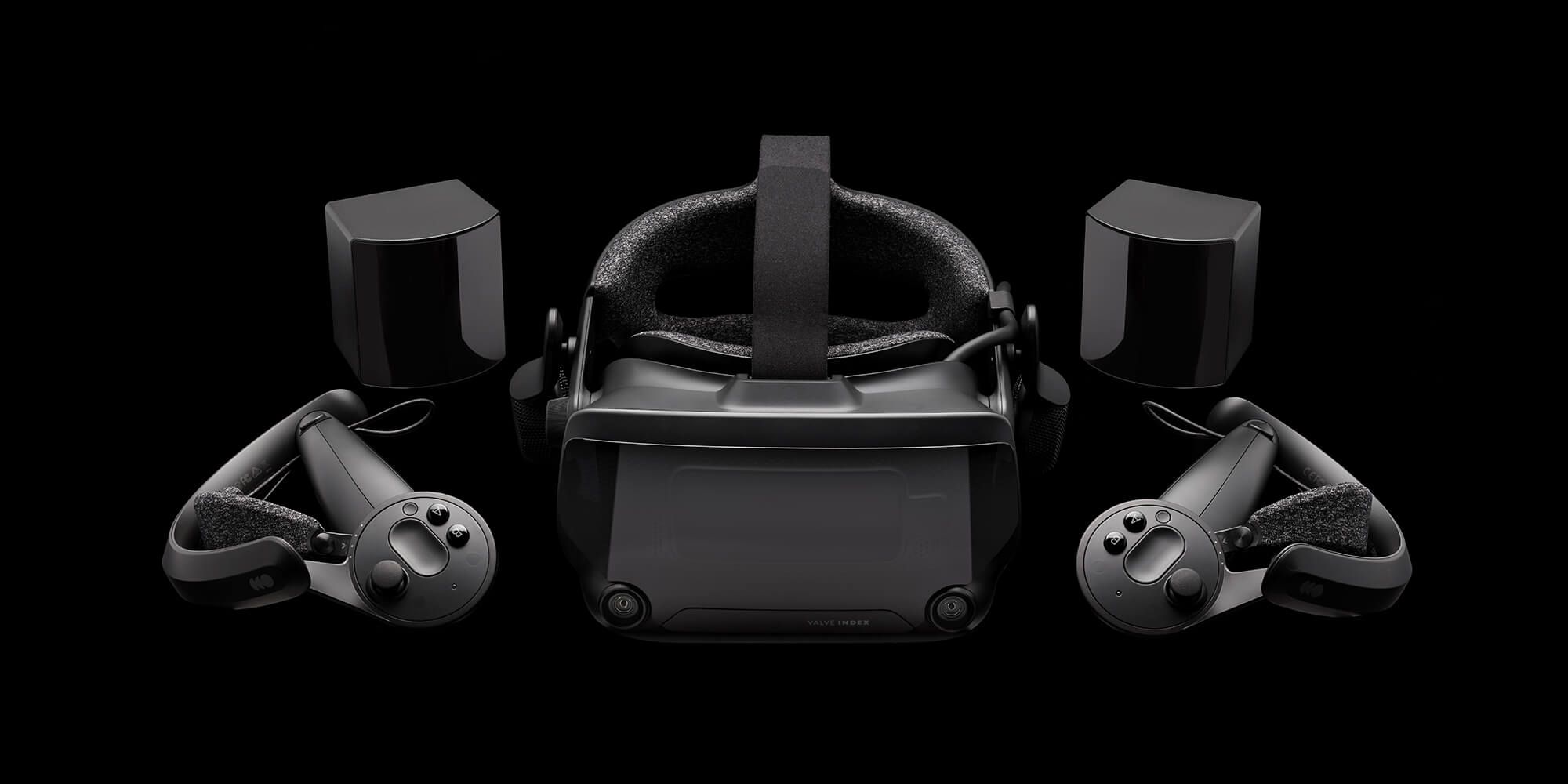Valve, ever the market innovator, is set to enter the VR market with Index, a so-called “high-fidelity” virtual reality headset. Not to be outdone by the likes of the Oculus Rift or the HTC Vive, Index offers a built-in off-ear headset, 1440 x 1600 per-eye resolution, and a one-of-a-kind wireless motion tracking design that only relies on two small external sensors. The sticking point, however, is that the set is estimated to retail for just north of $1400 in North America, which is prohibitively expensive for most casual gamers.
Valve’s PC platform Steam has long been a VR-friendly place. Beginning with the launch of The Lab in 2016, a free collection of mini-games loosely based around the Portal series, it has time and again proven its interest in this new gaming frontier. Steam has been a premier bastion of VR content, offering up far more than any other storefront, and it only makes sense that it would take things a step further and launch its own VR hardware.
The issue, as many VR detractors will be quick to point out, is that, while undoubtedly a luxury experience, Index is far too expensive for those curious about VR to buy. Since it is retailing for more than most VR-capable mid-tier gaming rigs, very few will be willing to shell out well over a thousand dollars on a technology that has yet to see mainstream appeal.
What’s more, aside from the aforementioned The Lab demo, Valve itself has yet to provide a fully-fledged killer app for the VR space. It’s no secret that quality virtual reality gaming experiences are few and far between these days, with most products serving as surface-level explorations of the medium rather than truly compelling pieces of software. Aside from Bethesda’s output with franchises like Doom, Fallout, and The Elder Scrolls, most VR headsets are more or less used to play Beat Saber and little else. We can blast our way through Superhot VR, brutalize our enemies in Gorn, and stave off zombie hoards in Arizona Sunshine, but most of these games grow stale past the three-hour mark and offer little reason to return once the credits roll.
Valve has been far too complacent in recent years when it comes to software output. It has yet to release a truly compelling single-player title since Portal 2 in 2011, and absolutely nobody will be willing to invest over a grand into playing Artifact in virtual reality. As it stands, Valve seriously needs to up its game before launching expensive products and hoping to succeed through waning customer goodwill.
The whole situation seems eerily reminiscent of its ill-fated Steam machine venture circa 2015. It tried to bring mainstream PC gaming into the living room, and it failed due to lack of support. Now, Valve is hoping to make lightning strike in the VR space, but, much like its aforementioned hardware gambit, there just doesn’t seem to be much of a reason to buy in at the moment.
Time will tell how consumers react to Index, of course, and it would be nice to see this new generation of wireless VR technology hit the ground running. Scheduled to launch in June, this could be the next step toward a brighter future for the medium. That said, it’s hard to imagine newcomers passing up cheaper yet equally viable options like PSVR or select Windows Mixed Reality headsets in favor of this monstrously-expensive VR suite.



